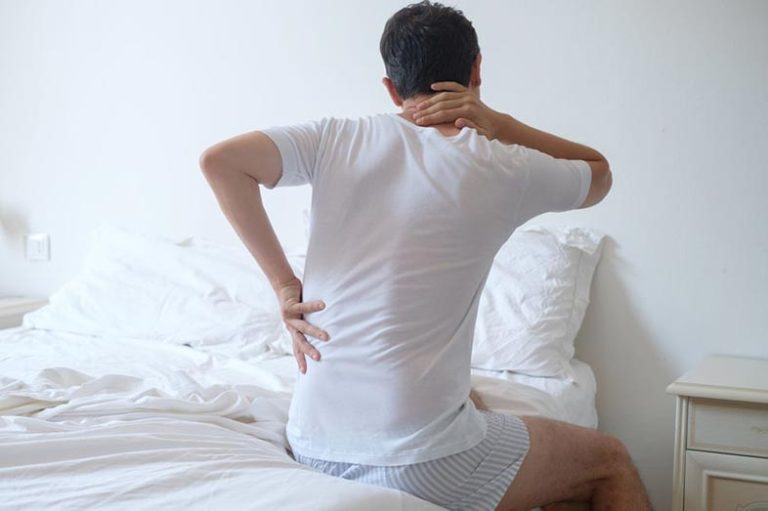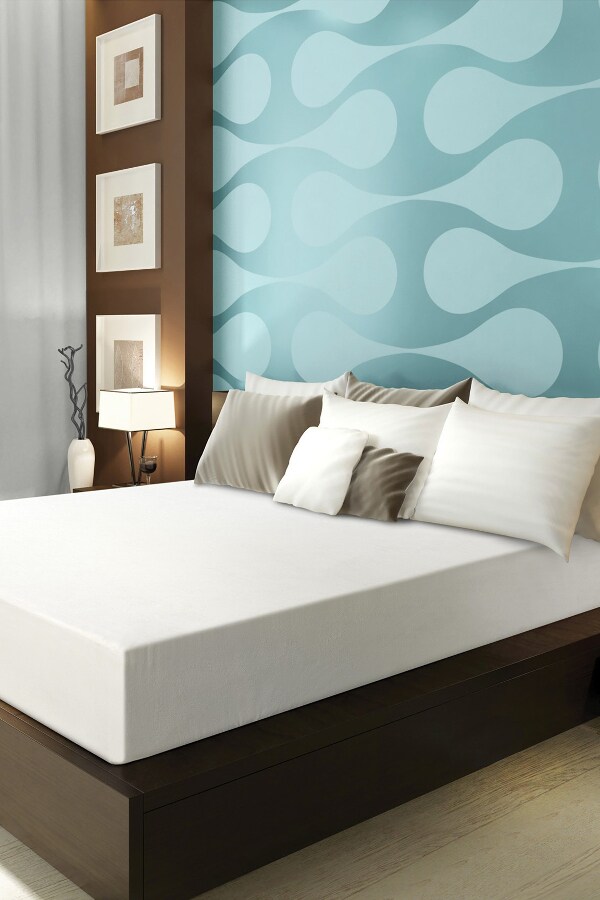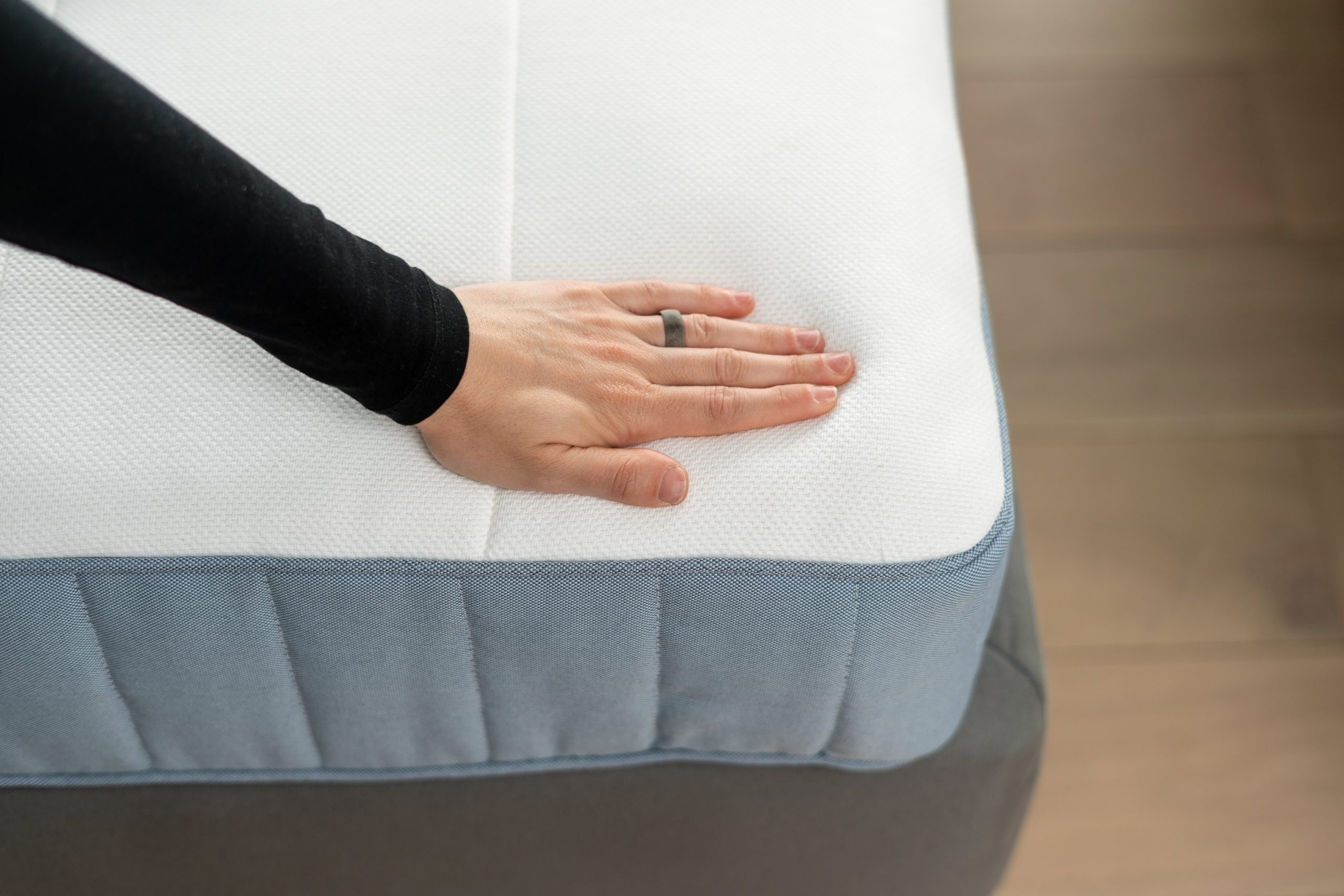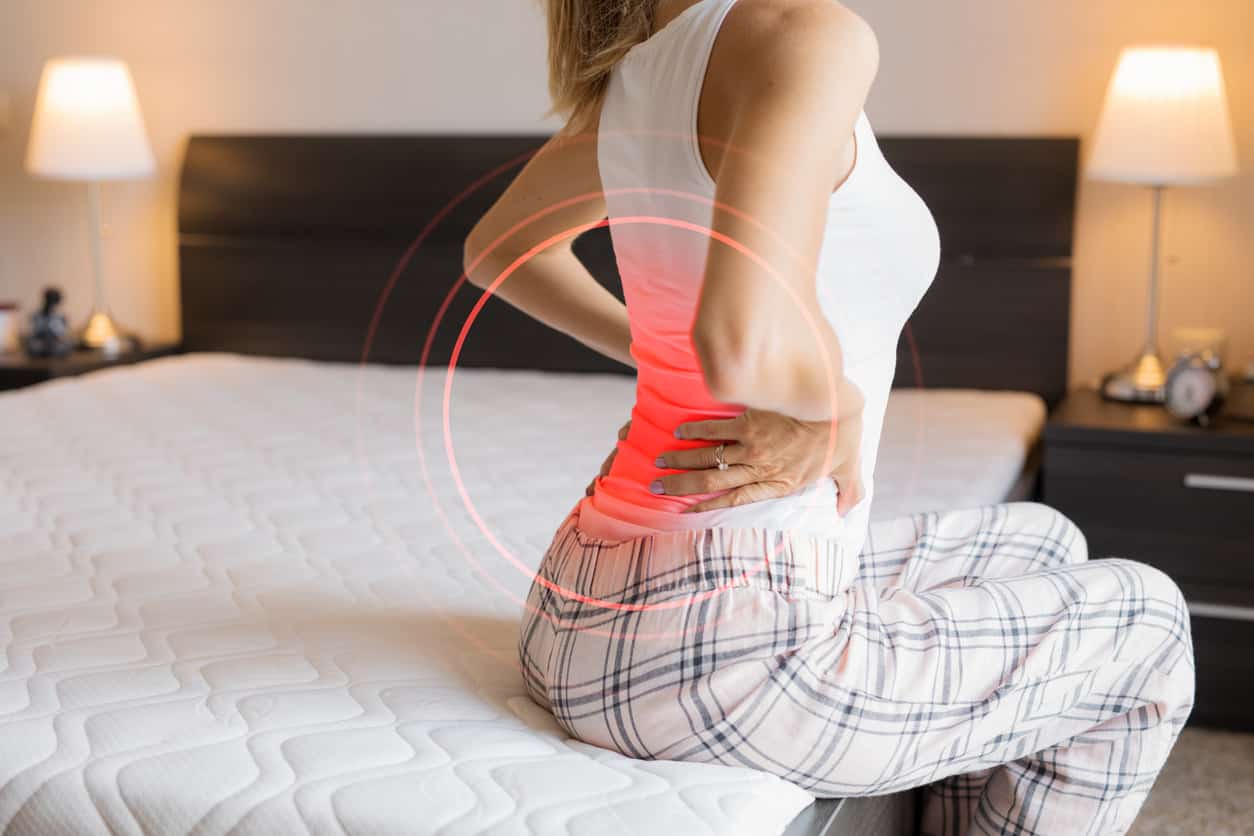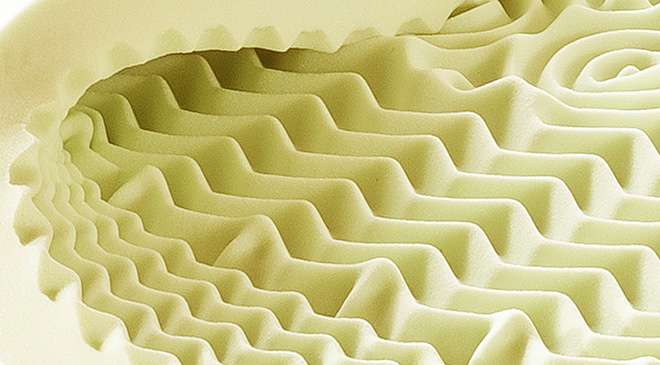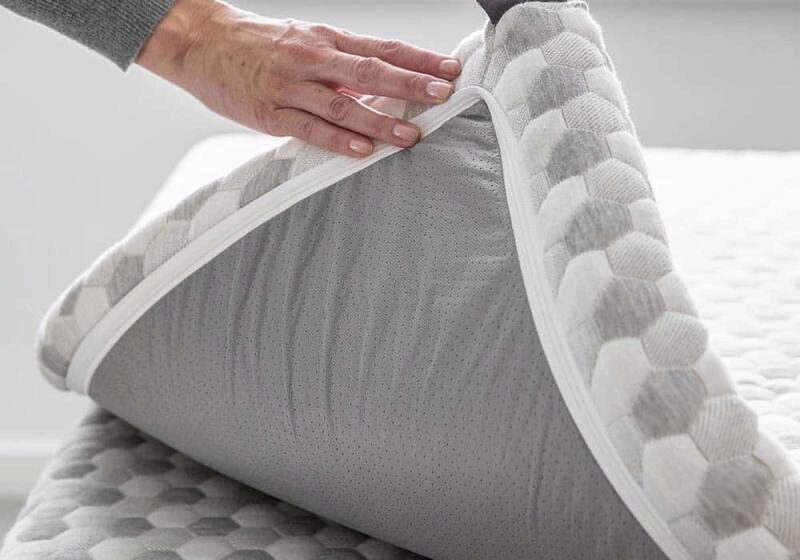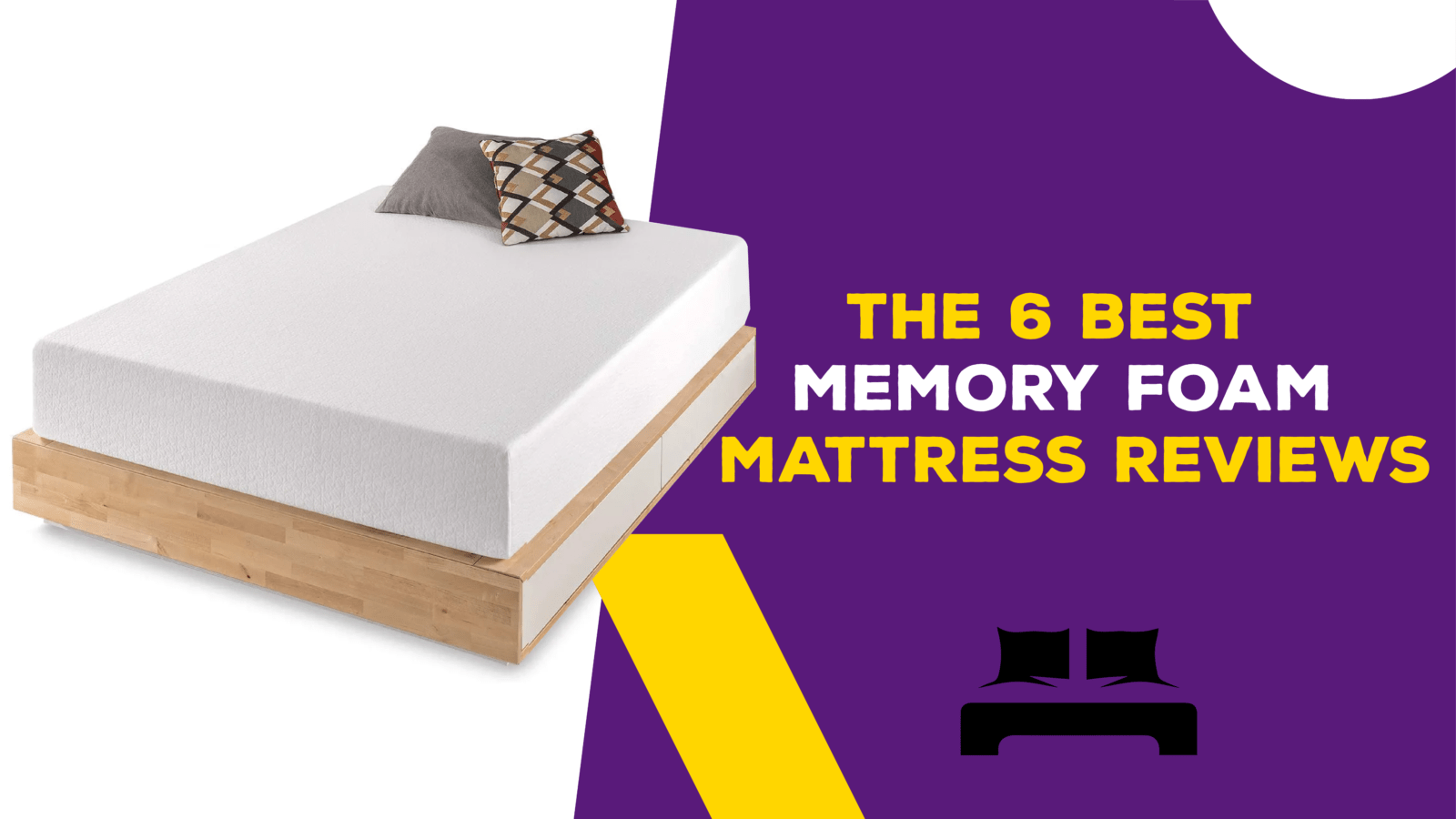Are you experiencing back pain and wondering if your memory foam mattress could be the culprit? You're not alone. Many people who have switched to a memory foam mattress have reported experiencing back pain. But before you toss out your comfortable mattress, let's take a closer look at the benefits of a memory foam mattress for back pain relief.Memory Foam Mattress and Back Pain: What Are the Benefits?
When it comes to choosing a memory foam mattress for back pain relief, there are a few key factors to keep in mind. First, make sure the mattress has the right level of firmness for your specific needs. A too-soft mattress may not provide enough support for your back, while a too-firm mattress may cause discomfort. Look for a mattress that is medium-firm, with enough give to contour to your body but still provide support. Another important factor to consider is the density of the memory foam. A higher density foam will be more supportive and durable, making it a better choice for those with back pain. Look for a density of at least 4 pounds per cubic foot.How to Choose the Right Memory Foam Mattress for Back Pain Relief
With so many memory foam mattresses on the market, it can be overwhelming to choose the right one for your back pain. Here are five top-rated options to consider: 1. Nectar Memory Foam Mattress: This medium-firm mattress offers great support and pressure relief for back pain sufferers. 2. Tempur-Pedic Cloud Mattress: This high-density memory foam mattress conforms to your body for personalized support. 3. Layla Sleep Memory Foam Mattress: With its flippable design, this mattress offers both a firm and soft side for customizable comfort. 4. Amerisleep AS3 Mattress: This medium-firm mattress is designed specifically for back pain relief, with targeted support for your spine. 5. Casper Original Mattress: This mattress features a zoned support system to provide extra support for your back while keeping you cool and comfortable.5 Best Memory Foam Mattresses for Back Pain
If you're still experiencing back pain on your memory foam mattress, there are a few things you can do to help alleviate the discomfort. First, make sure your mattress is properly supported. Memory foam mattresses work best on a solid, flat surface. If you're using a slatted bed frame, make sure the slats are no more than 3 inches apart to provide adequate support. You can also try using a mattress topper for extra cushioning and support. Look for a memory foam topper with a density of at least 3 pounds per cubic foot for optimal comfort and support.How to Relieve Back Pain with a Memory Foam Mattress
If you're torn between a memory foam mattress and a traditional mattress for your back pain, it's important to understand the differences between the two. Traditional mattresses are typically made with springs or coils, which can cause pressure points and discomfort for those with back pain. Memory foam mattresses, on the other hand, conform to your body and provide more even support, which can help alleviate back pain. Additionally, traditional mattresses may sag over time, leading to uneven support and worsening back pain. Memory foam mattresses are known for their durability and ability to maintain their shape, making them a better long-term investment for back pain sufferers.Memory Foam Mattress vs. Traditional Mattress for Back Pain
Proper support is key to preventing and relieving back pain on a memory foam mattress. Make sure you're using a supportive pillow that keeps your spine aligned while you sleep. A pillow that is too high or too low can cause strain on your neck and back. Additionally, avoid sleeping on your stomach, as this can put unnecessary pressure on your spine. Instead, try sleeping on your back or side with a pillow between your knees for added support.How to Properly Support Your Back on a Memory Foam Mattress
If you already have a memory foam mattress but are still experiencing back pain, a mattress topper can be a cost-effective solution. Look for a topper with a density of at least 3 pounds per cubic foot for added support and cushioning. You can also opt for a cooling gel-infused topper to help regulate your body temperature while you sleep.Memory Foam Mattress Toppers for Back Pain Relief
Your sleeping position can have a big impact on your back pain, especially on a memory foam mattress. If you're a back sleeper, make sure you have a pillow under your knees to maintain the natural curve of your spine. Side sleepers should place a pillow between their knees to keep their hips in alignment. And if you're a stomach sleeper, try placing a pillow under your pelvis to reduce strain on your lower back.How to Adjust Your Sleeping Position on a Memory Foam Mattress to Alleviate Back Pain
There are some misconceptions about memory foam mattresses causing back pain. While it's true that some people may experience back pain when switching to a memory foam mattress, this is often due to their body adjusting to the new mattress. This is not a permanent issue and should go away once your body gets used to the new support and comfort of the memory foam. Additionally, some people may think that memory foam mattresses are too soft and lack support, leading to back pain. However, as long as you choose a mattress with the right level of firmness and density, a memory foam mattress can actually provide excellent support for your back.Memory Foam Mattress Myths: Do They Really Cause Back Pain?
Choosing the right pillow is just as important as choosing the right memory foam mattress for back pain relief. Look for a pillow that supports your head and neck while keeping your spine aligned. Memory foam pillows are a popular choice, as they contour to your head and neck for personalized support. Additionally, make sure you're regularly replacing your pillows. Old, worn-out pillows can lose their shape and support, causing strain on your neck and back. Replace your pillows every 1-2 years for optimal comfort and support.How to Choose the Right Pillow for a Memory Foam Mattress to Prevent Back Pain
The Importance of Proper Support from Your Mattress

Understanding the Impact of a Memory Foam Mattress on Your Back Health
 When it comes to getting a good night's sleep, many people turn to memory foam mattresses for the promise of comfort and support. However, some may find that their memory foam mattress is actually causing them back pain. This can be a frustrating and uncomfortable experience, but it's important to understand the potential impact of your mattress on your back health.
Memory foam mattresses
are known for their ability to contour to the body, providing a cushioned and pressure-relieving sleep surface. While this may sound like the perfect solution for those with back pain, the reality is that
proper support
is key when it comes to alleviating discomfort and promoting spinal alignment. Without enough support, your body may sink too deeply into the mattress, causing strain on your muscles and joints.
When it comes to getting a good night's sleep, many people turn to memory foam mattresses for the promise of comfort and support. However, some may find that their memory foam mattress is actually causing them back pain. This can be a frustrating and uncomfortable experience, but it's important to understand the potential impact of your mattress on your back health.
Memory foam mattresses
are known for their ability to contour to the body, providing a cushioned and pressure-relieving sleep surface. While this may sound like the perfect solution for those with back pain, the reality is that
proper support
is key when it comes to alleviating discomfort and promoting spinal alignment. Without enough support, your body may sink too deeply into the mattress, causing strain on your muscles and joints.
The Role of Firmness and Support in Mattress Selection
 When shopping for a mattress, it can be tempting to go for the softest option. However, this may not be the best choice for those with back pain.
Firmness
plays a crucial role in providing support for your spine. A mattress that is too soft can cause your body to sink in, while a mattress that is too firm can create pressure points.
Memory foam mattresses
are typically categorized by their level of firmness, with options ranging from soft to firm. It's important to find a balance that provides enough cushioning for comfort, but also enough support to keep your spine in proper alignment. This may vary depending on your body type, weight, and sleeping position. It's worth testing out different options to find the right fit for you.
When shopping for a mattress, it can be tempting to go for the softest option. However, this may not be the best choice for those with back pain.
Firmness
plays a crucial role in providing support for your spine. A mattress that is too soft can cause your body to sink in, while a mattress that is too firm can create pressure points.
Memory foam mattresses
are typically categorized by their level of firmness, with options ranging from soft to firm. It's important to find a balance that provides enough cushioning for comfort, but also enough support to keep your spine in proper alignment. This may vary depending on your body type, weight, and sleeping position. It's worth testing out different options to find the right fit for you.
The Potential Solutions for a Memory Foam Mattress Causing Back Pain
 If you're experiencing back pain from your memory foam mattress, there are a few potential solutions to consider. One option is to add a
mattress topper
to provide additional support. This can help alleviate pressure points and provide a more comfortable sleeping surface. Another solution is to try a different
sleeping position
, as different positions may require varying levels of support from the mattress.
If these solutions don't seem to help, it may be time to consider investing in a new mattress. Look for options that prioritize both comfort and support, and don't be afraid to ask for recommendations from a mattress specialist. Remember, a good night's sleep is essential for overall health and wellness, so it's important to prioritize the quality of your mattress.
If you're experiencing back pain from your memory foam mattress, there are a few potential solutions to consider. One option is to add a
mattress topper
to provide additional support. This can help alleviate pressure points and provide a more comfortable sleeping surface. Another solution is to try a different
sleeping position
, as different positions may require varying levels of support from the mattress.
If these solutions don't seem to help, it may be time to consider investing in a new mattress. Look for options that prioritize both comfort and support, and don't be afraid to ask for recommendations from a mattress specialist. Remember, a good night's sleep is essential for overall health and wellness, so it's important to prioritize the quality of your mattress.
Conclusion
 In conclusion, while memory foam mattresses may seem like the perfect solution for comfort and support, they may not always be the best choice for those with back pain. It's important to understand the impact of
proper support
on your back health and to find a balance that works for your body. Don't be afraid to experiment with different solutions and seek professional advice when needed. With the right mattress, you can wake up feeling rested and pain-free.
In conclusion, while memory foam mattresses may seem like the perfect solution for comfort and support, they may not always be the best choice for those with back pain. It's important to understand the impact of
proper support
on your back health and to find a balance that works for your body. Don't be afraid to experiment with different solutions and seek professional advice when needed. With the right mattress, you can wake up feeling rested and pain-free.









